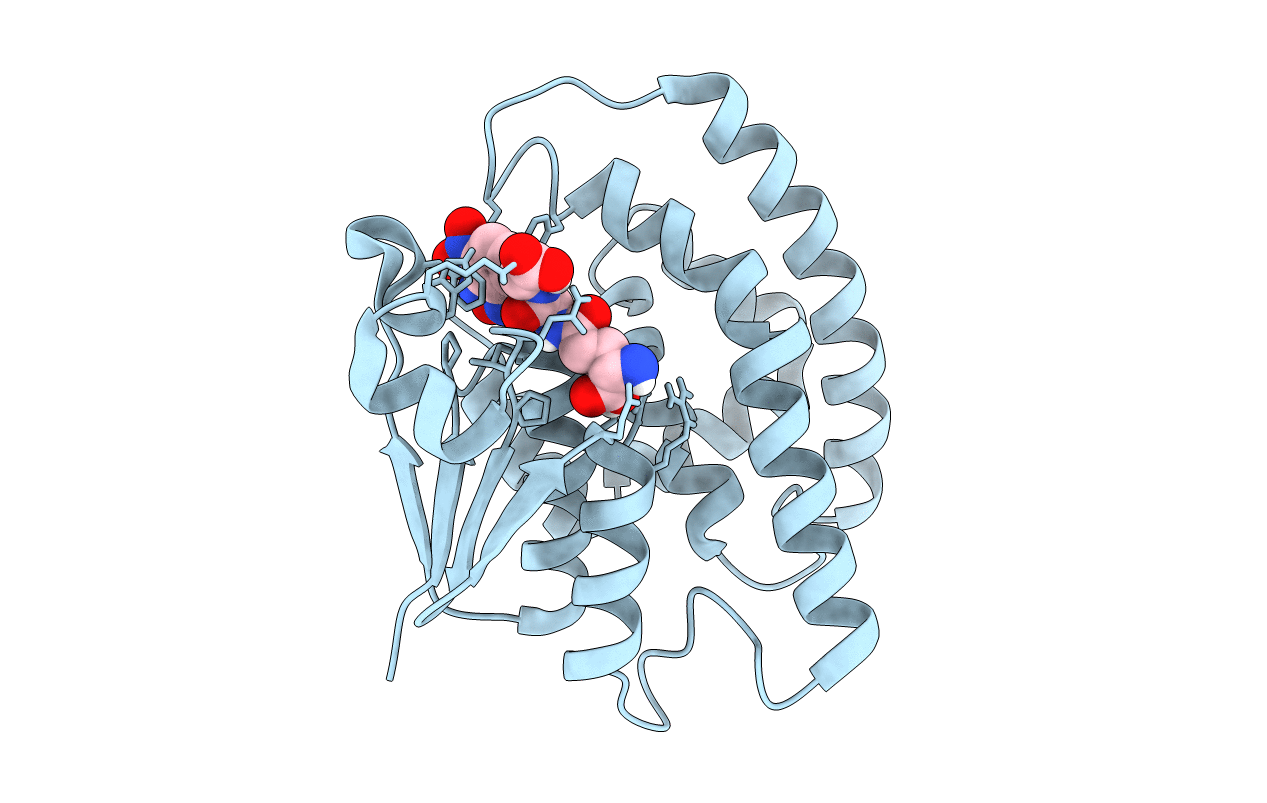
Deposition Date
2021-04-23
Release Date
2022-04-20
Last Version Date
2024-11-06
Entry Detail
Biological Source:
Source Organism:
Alopecurus myosuroides (Taxon ID: 81473)
Host Organism:
Method Details:
Experimental Method:
Resolution:
2.30 Å
R-Value Free:
0.24
R-Value Work:
0.19
Space Group:
I 41 2 2


